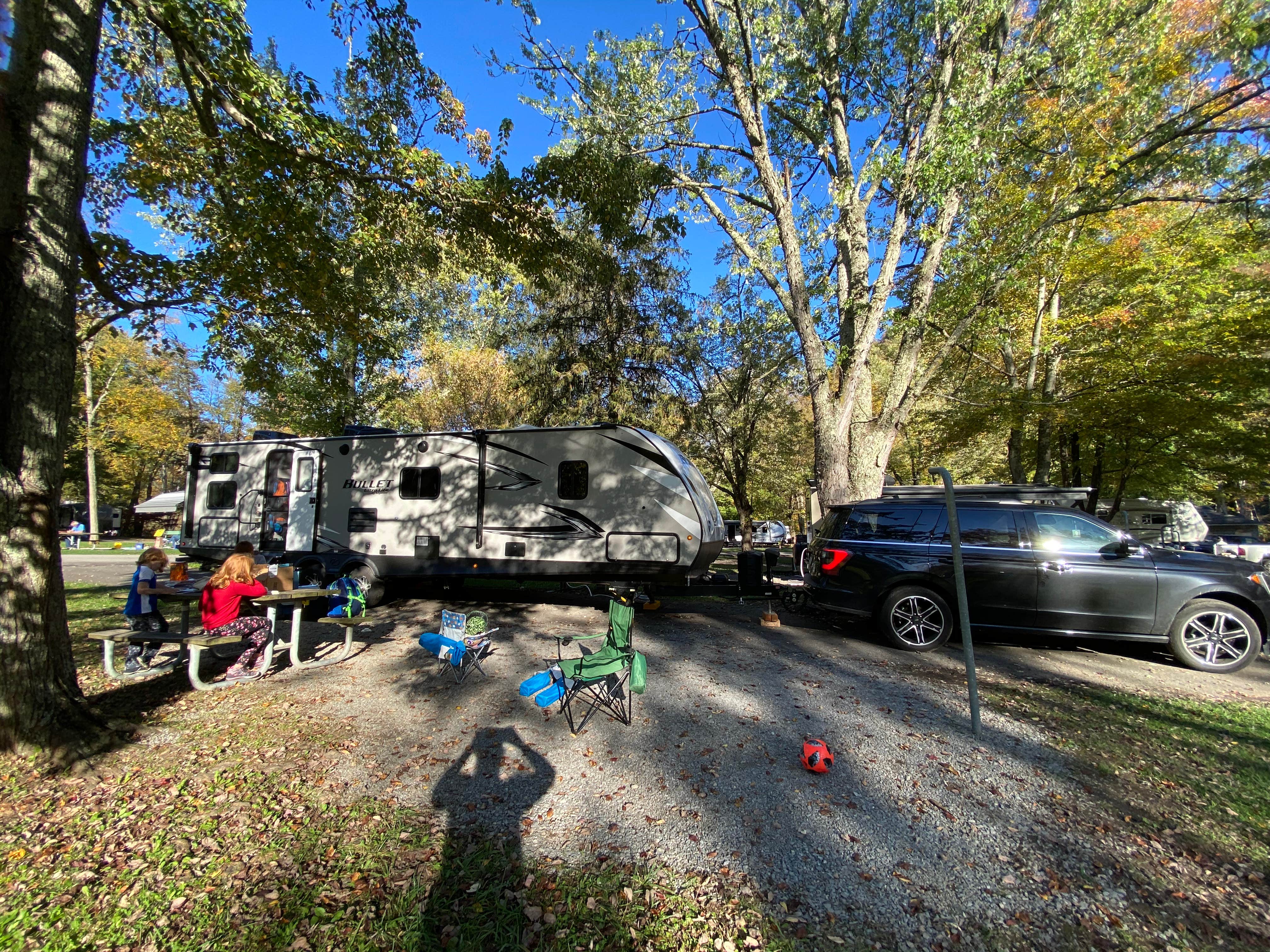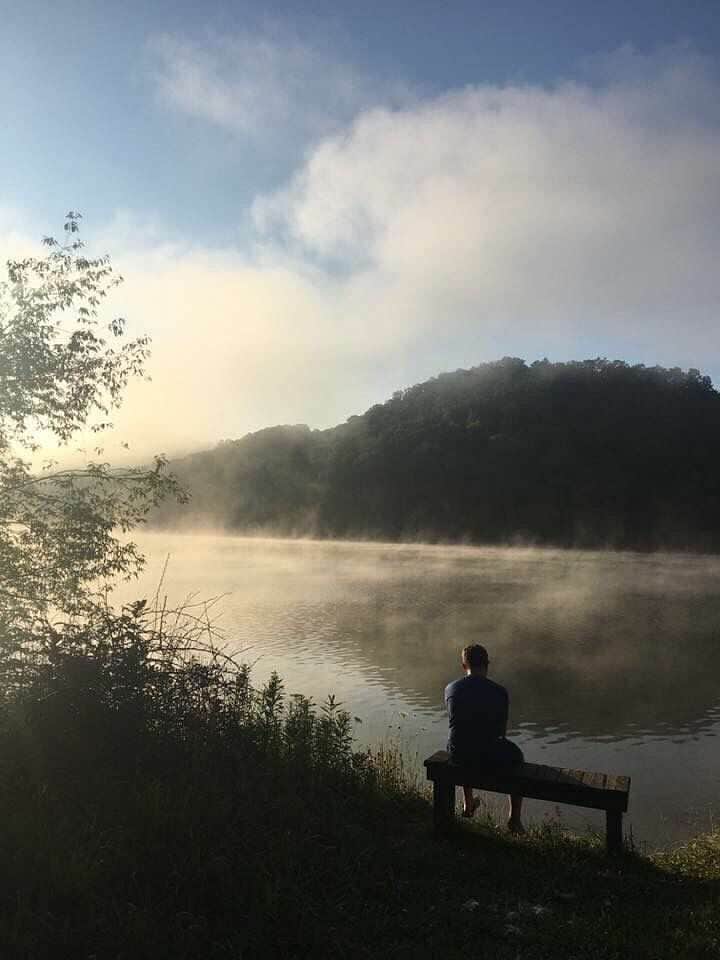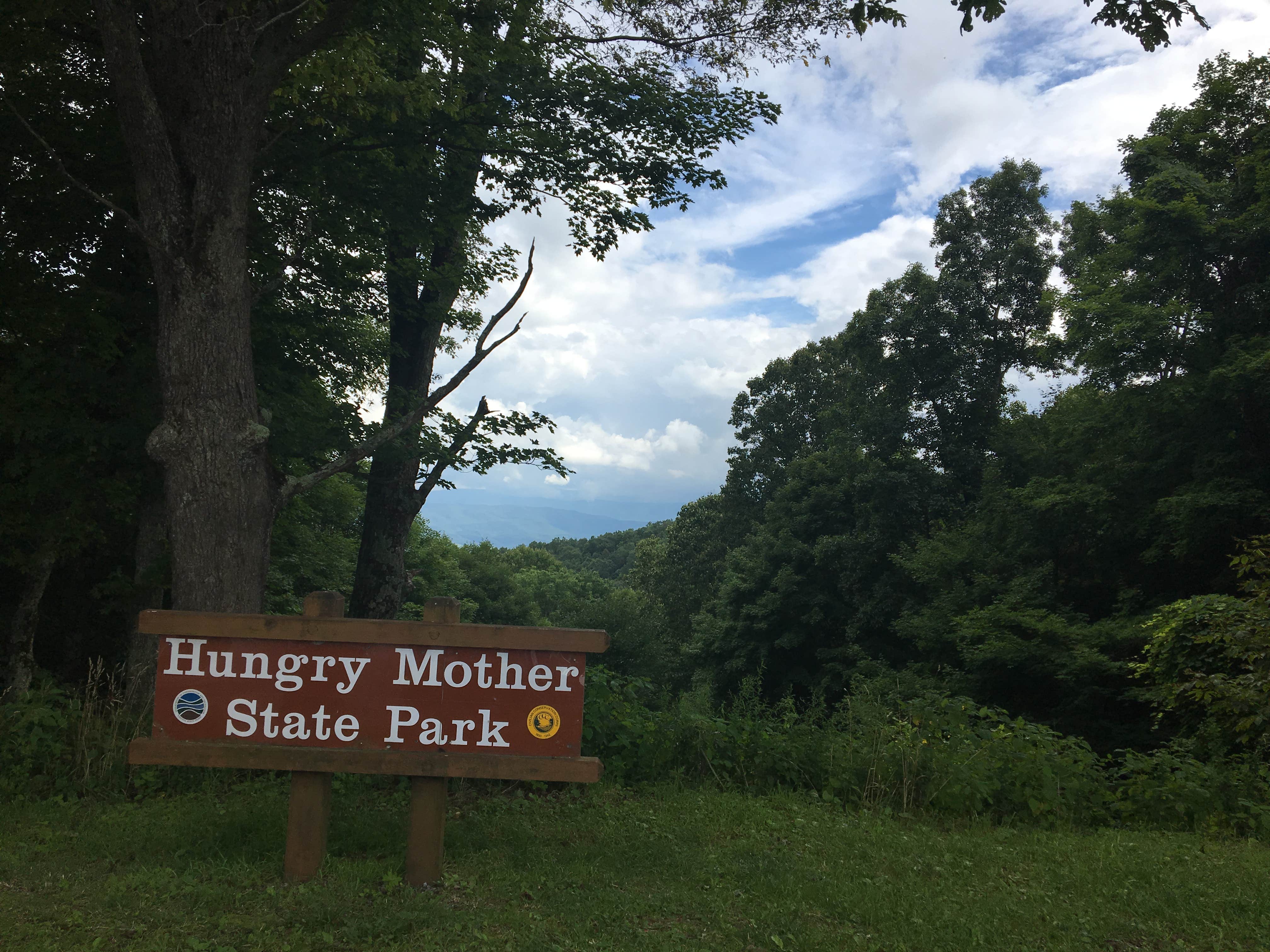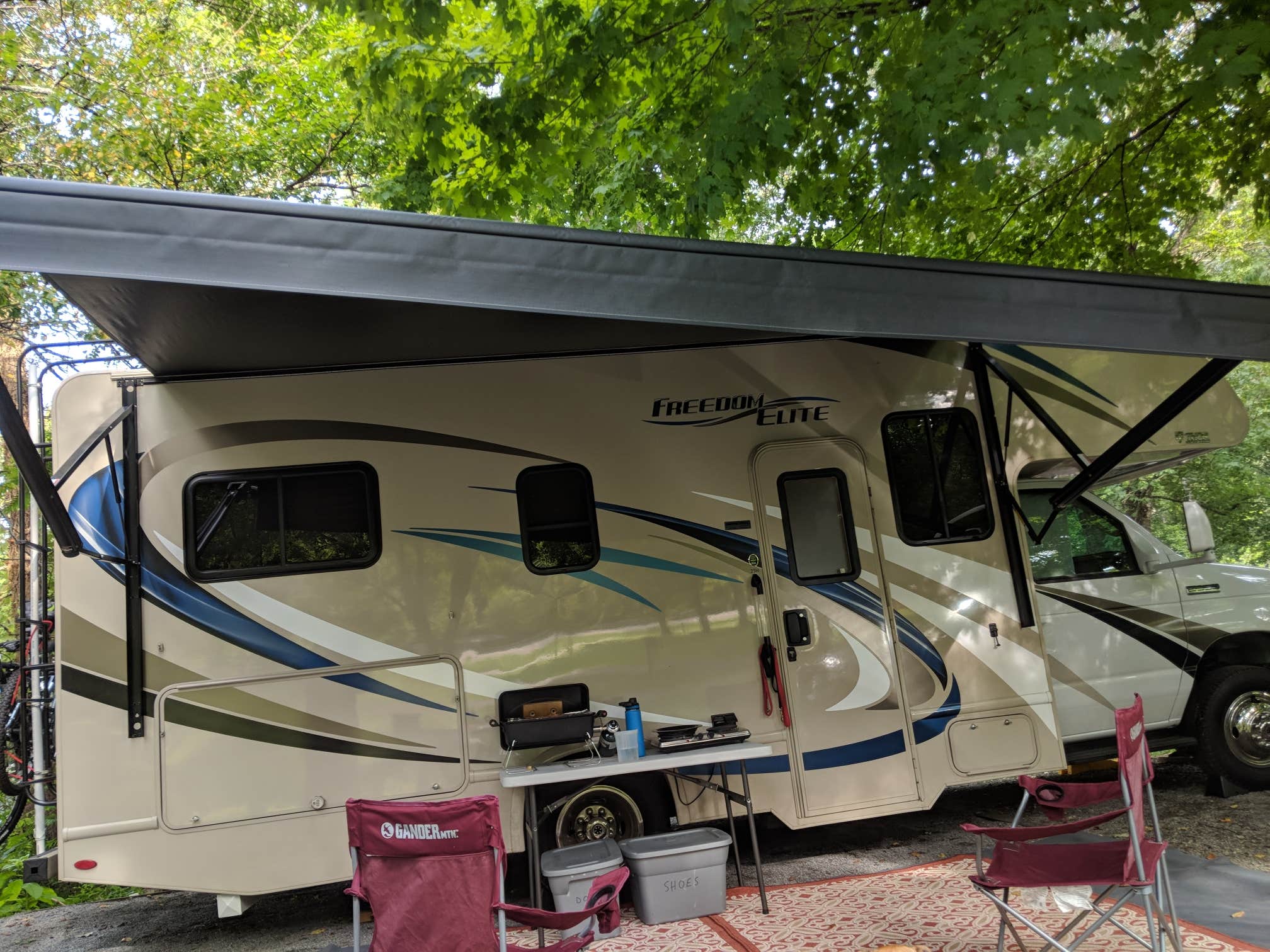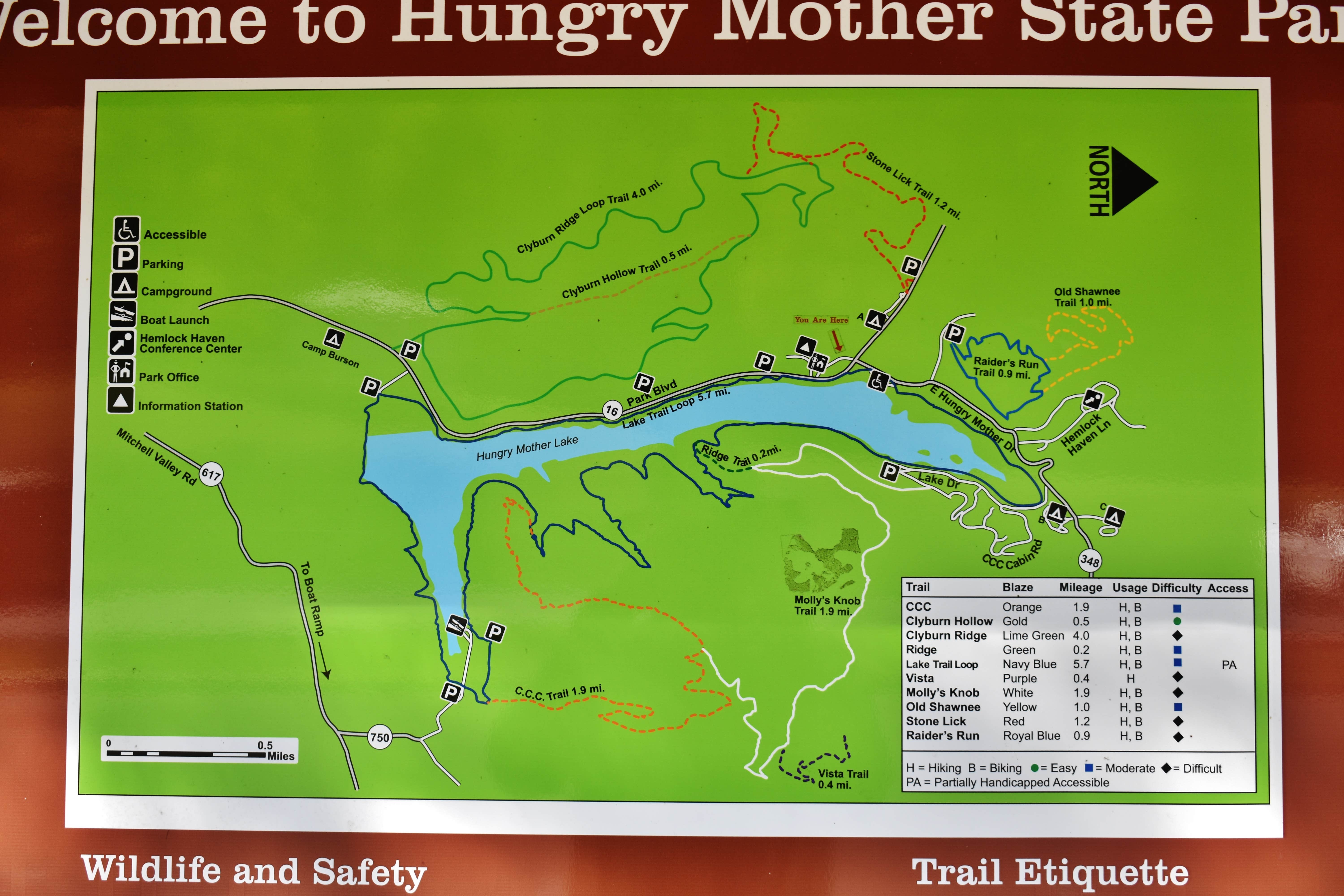Public Campground
Royal Oak Campground — Hungry Mother State Park
Royal Oak Campground, near Marion, Virginia, is a fantastic spot for campers looking to enjoy the great outdoors with a touch of comfort. With tent platforms that keep you off the ground and a well-maintained bathhouse, it strikes a nice balance between nature and convenience.
This campground is known for its clean facilities and friendly atmosphere. Visitors rave about the hot showers and flushable toilets, making it easy to freshen up after a day of hiking or fishing. One camper noted, “The restrooms were very clean and well-kept,” which is always a plus when you’re out in the wild.
If you’re into hiking, you’ll love the nearby trails that offer stunning views and a chance to connect with nature. The creekside sites are particularly popular, providing a soothing soundtrack of trickling water that many find relaxing. As one happy camper put it, “The sound of trickling water lulled us to sleep.”
You’re also just a short drive from local amenities, including a Walmart and some charming ice cream shops. Whether you’re here for a weekend or a longer stay, Royal Oak Campground has everything you need for a memorable outdoor adventure.
Detours Nearby

Creeper Trail Campground
46 min away

Comers Rock Campground
52 min away
Drive Time
- 1 hr 8 min from Kingsport, TN
- 1 hr 13 min from Johnson City, TN
- 1 hr 15 min from Blacksburg, VA
- 1 hr 31 min from Beckley, WV
Location
Royal Oak Campground — Hungry Mother State Park is located in Virginia
Directions
Hungry Mother State Park is in Smyth County. Take Exit 47 from Interstate 81. Travel approximately one mile on Route 11 toward Marion. Turn right on Route 16 north and travel four miles to the park.
Address
2854 Park Blvd
Marion, VA 24354
Coordinates
36.89138621 N
81.52004674 W
Connectivity
- T-MobileNo Coverage
- VerizonLTESome CoverageVerified by 6 usersLast on 12/11/25
- AT&TNo CoverageVerified by 1 user
Connectivity
- T-MobileNo Coverage
- VerizonLTESome CoverageVerified by 6 usersLast on 12/11/25
- AT&TNo CoverageVerified by 1 user
Access
- Drive-InPark next to your site
- Walk-InPark in a lot, walk to your site.
Site Types
- Tent Sites
- Standard (Tent/RV)
- Tent Cabin
- Yurts
Features
For Campers
- Market
- ADA Access
- Trash
- Picnic Table
- Firewood Available
- Reservable
- WiFi
- Showers
- Drinking Water
- Toilets
- Alcohol
- Pets
- Fires
For Vehicles
- Pull-Through Sites

